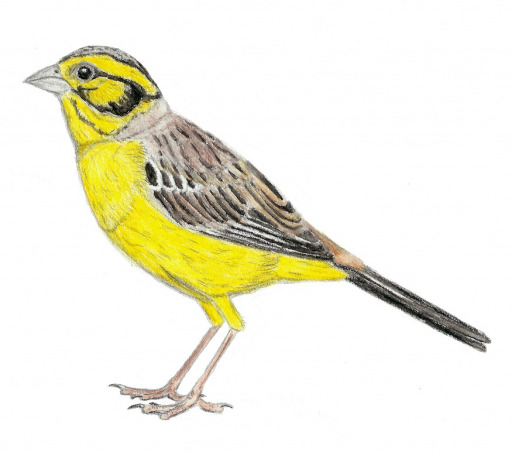Island biodiversity: so unique, so fragile
Island ecosystems such as those of the Canary Islands are authentic biological laboratories. Due to their isolation (because they have not been in contact with the continent for a long time or because they have emerged directly from the seafloor), island ecosystems have a series of peculiarities that translate into a high degree of endemicity, or exclusivity, of their species. This means that islands often have species that do not exist in other parts of the world. The reason for this exclusivity is that island ecosystems are subject to phenomena that favour the emergence of new species in relatively short periods of time. In fact, it is no coincidence that it was in islands (Galapagos and Indonesia) where Charles Darwin and Alfred Russel Wallace developed the basis of their ideas on the evolution of species. That is, how species change to make way for new ones.
Think of a large land animal such as a bear or a wolf. By nature, none of them have the features necessary to reach pieces of land that have arisen from the bottom of the ocean hundreds of kilometers from the continent. Obviously, they cannot fly. Can you imagine a wolf swimming hundreds of kilometers without drowning or floating on the trunk of a drifting tree, without eating for months until reaching an island? It's very unlikely. However, other animals, such as reptiles - light and fasting - can go a long time without eating, floating on pieces of wood at the mercy of ocean currents. A separate case is birds (capable of flying) or even insects such as spiders (who can use their spider webs as kites to travel great distances).
In other words, not all species of animals and plants have the same access to island ecosystems. Some arrive and others do not. For this reason, on oceanic islands there are usually no large predators, such as wolves or cheetahs. So, if there are no such "dangers", why would a bird want to fly, if it doesn't have to flee from anything? The energy it used to invest in flying to escape its predators can now be used for other things, such as looking for food or reproducing. It is not surprising, then, that on islands some birds appear that loose their ability to fly, as for example the Galapagos cormorant (Phalacrocorax harrisi). In our archipelago there were also species of birds (now known only from their fossils) that may have lost the ability to fly, such as the quail (Coturnix gomerae) or the scribe patilargo (Emberiza alcoveri).
However, that strength of the islands is also their weakness. Being isolated ecosystems, we are talking about areas where the ecological balance is very delicate and the red line that separates living species from their extinction is very thin. This is particularly relevant in islands inhabited by humans. Most of the known extinctions have occurred on islands and, almost always, caused by human hands, directly or indirectly. An example is that of the Stephens Island wren (Xenicus lyalli), a small, stubby bird that is unable to fly and that practically became extinct at the same time as it was described by science. The only remaining specimens of this species are the little more than ten specimens that the island lighthouse keeper's cat hunted and carried "as a gift" to its owner. Thanks to subfossil remains it is known that this little bird also inhabited New Zealand, but was possibly extinguished by the introduction of rats with the arrival of the Polynesians.
When a species goes extinct, it does so forever. If we go back to the idea of exclusivity, it is not hard to understand that if an endemic species on an island goes extinct, it disappears from the whole world. That is why it is necessary to know and divulge as much as possible about island biodiversity, both animal and vegetable, in order to conserve it.
